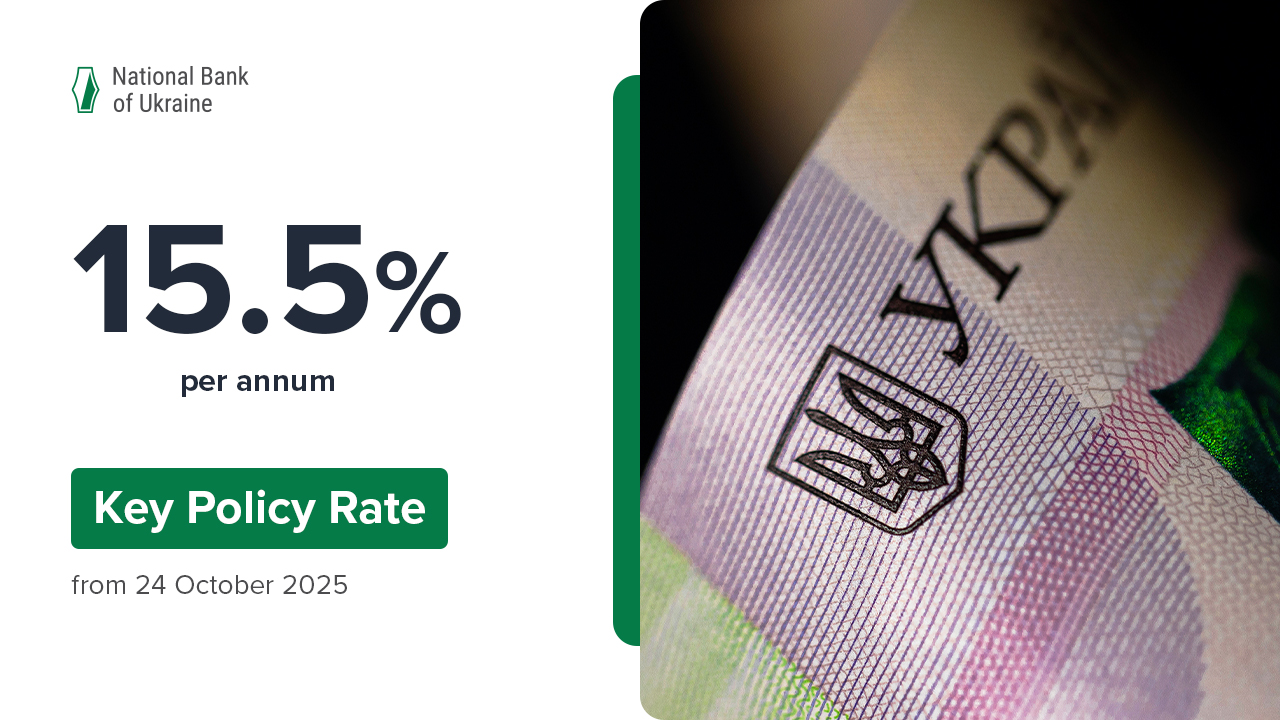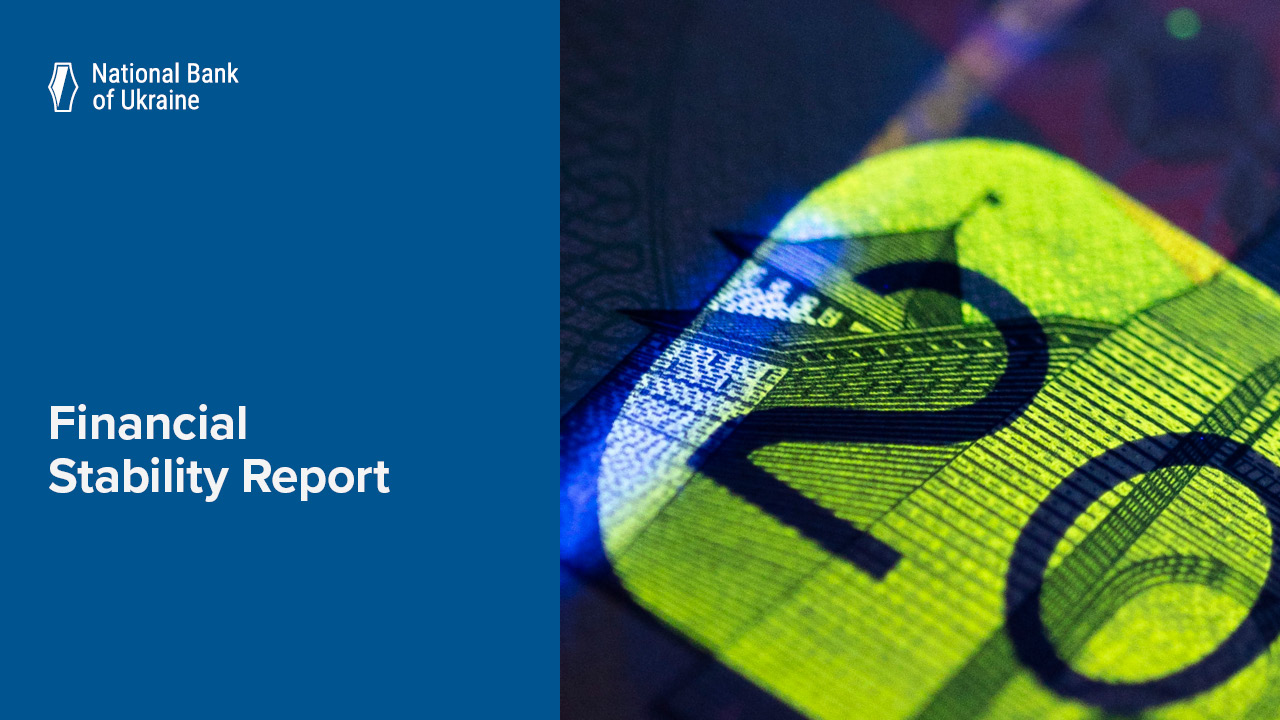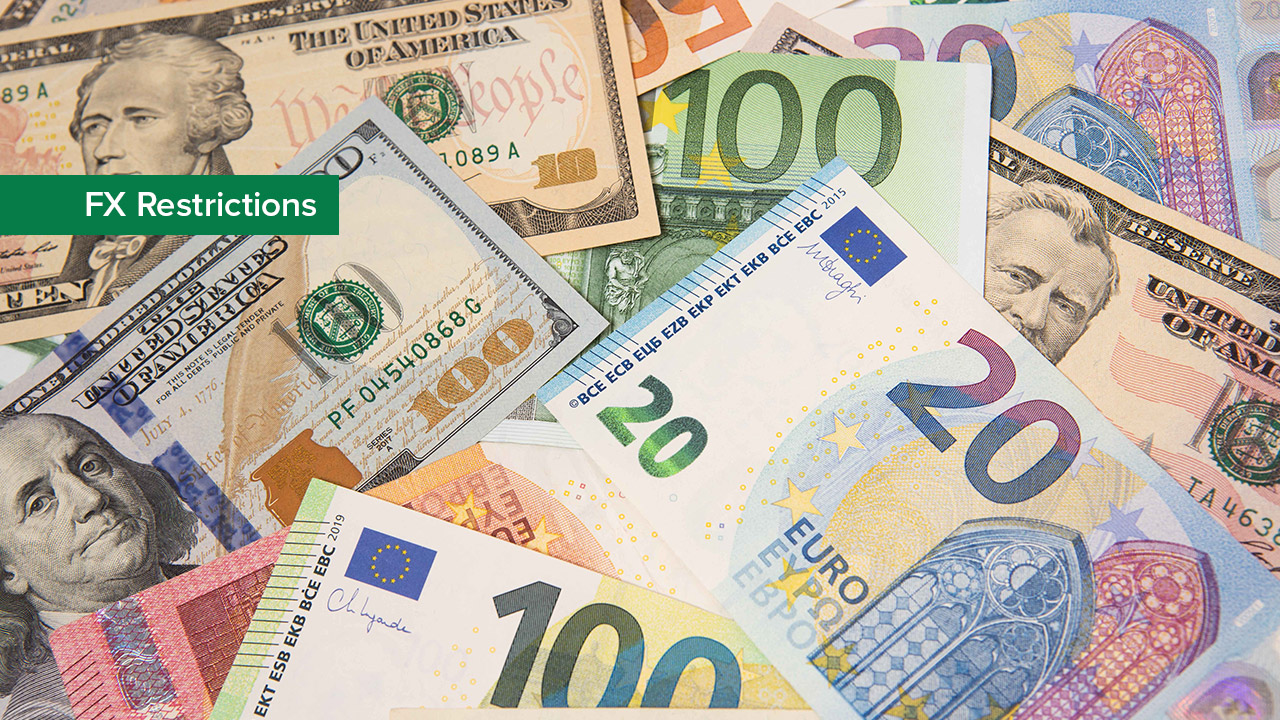Following a rapid slowdown in 2016, headline inflation will continue to decline, albeit at a slower pace: The National Bank of Ukraine has revised its 2017 inflation forecast upwards, from 8% to 9.1%, while leaving its 2018 inflation projection unchanged at 6%. As before, the inflation forecasts remain within the announced target bands (8% ± 2 pp for 2017 and 6% ± 2 pp for 2018), according to the latest quarterly Inflation Report (January 2017).
Further recovery in domestic demand, as well as waning raw food supply effects will contribute to the acceleration of core inflation and raw food inflation – the main components of the Consumer Price Index (CPI). The upward revision of the NBU inflation forecast for 2017 was mainly attributed to a twofold increase in the minimum wage. However, inflation is expected to return to the midpoint of the target band already in 2018. Over the medium term, core inflation is projected to settle at around 5% amid prudent monetary and fiscal policies.
On the one hand, administered inflation will become the major contributor to the slowdown in headline inflation in 2017-2018 given past upward adjustments of selected utility tariffs to the cost recovery levels. On the other hand, their contribution to the consumer price change will remain high, in particular due to higher costs of energy imports.
In 2017-2018, economic growth is expected to accelerate gradually to 2.8% and 3.0%, respectively.
Unlike the previous year, when investment demand was a key driver of economic activity, the minimum wage increase is set to strengthen the role of private consumption in real GDP growth over the forecast horizon.
2017will see renewed export growth amid improving terms of trade and last year’s high harvest, assuming the absence of transportation constraints both inside the country and through the territory of Russia. In its turn, higher export revenues will enable export-oriented enterprises to continue increasing their investments at a relatively strong pace.
Meanwhile, under the still slow potential output growth and import substitution processes, the growth in domestic demand will be to a large extent met by imports.
As the minimum wage increase is expected to add to inflationary pressures, the NBU is set to take a cautious approach to monetary policy easing to maintain real interest rates relatively high to keep savings in domestic currency attractive.
Improved terms of trade and stronger food exports thanks to last year’s high harvest will be offset by further recovery of demand for imported consumer and investment goods. The current account deficit is projected to remain at the 2016 level (USD 3.5 billion in 2017and USD 3.4 billion in 2018) and will be covered by financial account net inflows. This, along with disbursements of planned tranches under the EFF program with the IMF, will enable Ukraine to increase international reserves to USD 27.1 billion by the end of 2018.
The Inflation Report reflects the opinion of the National Bank of Ukraine as to the current and future economic state of Ukraine with a focus on inflationary developments, which are the input for monetary policy decision-making. The National Bank of Ukraine publishes the Inflation Report on a quarterly basis, starting from April 2015.







